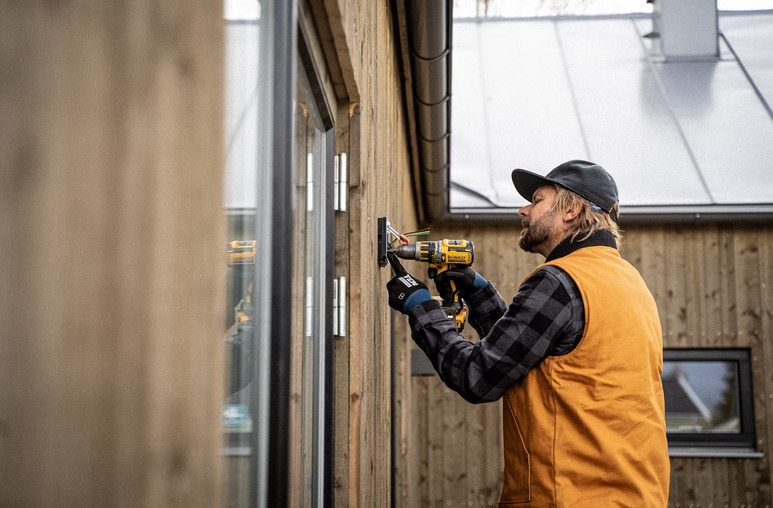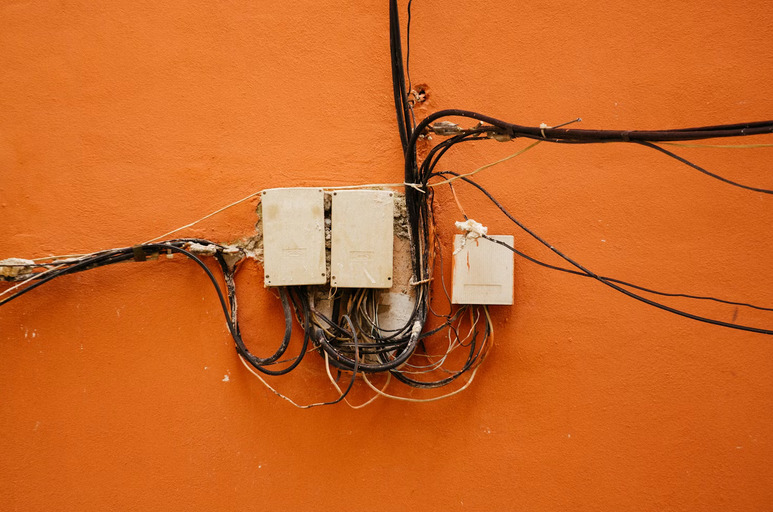
Are you tired of being caught off guard by pesky home electrical issues? Don’t worry; we’ve got you covered. In this blog post, we’ll walk you through some of the most common home electrical problems and how to prevent them from ruining your day. Stay ahead of the game and keep your home running smoothly with our expert tips and tricks. Let’s dive in and tackle those issues head-on.
Flickering Lights
Flickering lights can be annoying and indicate a problem with your home’s electrical system. In most cases, flickering lights are caused by loose or faulty wiring, a faulty light bulb, or an overloaded circuit. To troubleshoot this issue, start by checking the light bulb and ensuring it’s securely screwed in. If the problem persists, it may be time to call trusted electricians in Melbourne to inspect your wiring and address any underlying issues.
Tripped Circuit Breakers
Tripped circuit breakers are another common electrical issue that homeowners encounter. A circuit breaker may trip when there’s an overload of electrical current or a short circuit in the system. When this happens, the circuit breaker automatically shuts off power to prevent damage or fire. To reset a tripped circuit breaker, locate your electrical panel and flip the corresponding breaker switch back to the “on” position. If the breaker continues to trip frequently, it may be a sign of a more significant electrical problem that requires professional attention.

Electrical Surges
Electrical surges occur when there’s a sudden spike in voltage, which can damage appliances and electronics connected to your home’s electrical system. Lightning strikes, faulty wiring, or power grid fluctuations can cause surges. To protect your electronics from surges, consider installing surge protectors or whole-house surge protection devices. These devices help divert excess voltage away from your electronics, keeping them safe from damage.
Outlet Overload
Plugging too many devices into a single outlet can overload the circuit and pose a fire hazard. Signs of an overloaded outlet include flickering lights, warm outlets, or frequently tripped circuit breakers. To prevent overloading, use power strips with built-in surge protection and avoid daisy-chaining multiple power strips together. If you find yourself regularly relying on power strips, consider hiring an electrician to install additional outlets in your home.
Faulty Switches or Outlets
Faulty switches or outlets can be a nuisance and may indicate underlying electrical problems. Signs of faulty switches or outlets include sparking, buzzing sounds or outlets that feel warm to the touch. If you notice any of these signs, it’s essential to address the issue promptly to prevent electrical hazards. Replace faulty switches or outlets as soon as possible, and consider hiring a professional electrician to inspect your home’s wiring for any potential issues.
Wiring Problems

Wiring problems are a more serious electrical issue that may require professional intervention. Signs of wiring problems include frequent circuit breaker trips, burning smells, or outlets that don’t work. Attempting to fix wiring issues yourself can be dangerous and may lead to electrical shock or fire. If you suspect wiring problems in your home, it’s crucial to contact a licensed electrician to assess the situation and make any necessary repairs.
In conclusion, understanding and addressing common home electrical issues is essential for maintaining a safe and functional living environment. By being proactive and addressing electrical problems promptly, you can prevent potential hazards and ensure the safety and security of your home and family. If you encounter any electrical issues beyond your DIY capabilities, don’t hesitate to seek professional help from a qualified electrician.


